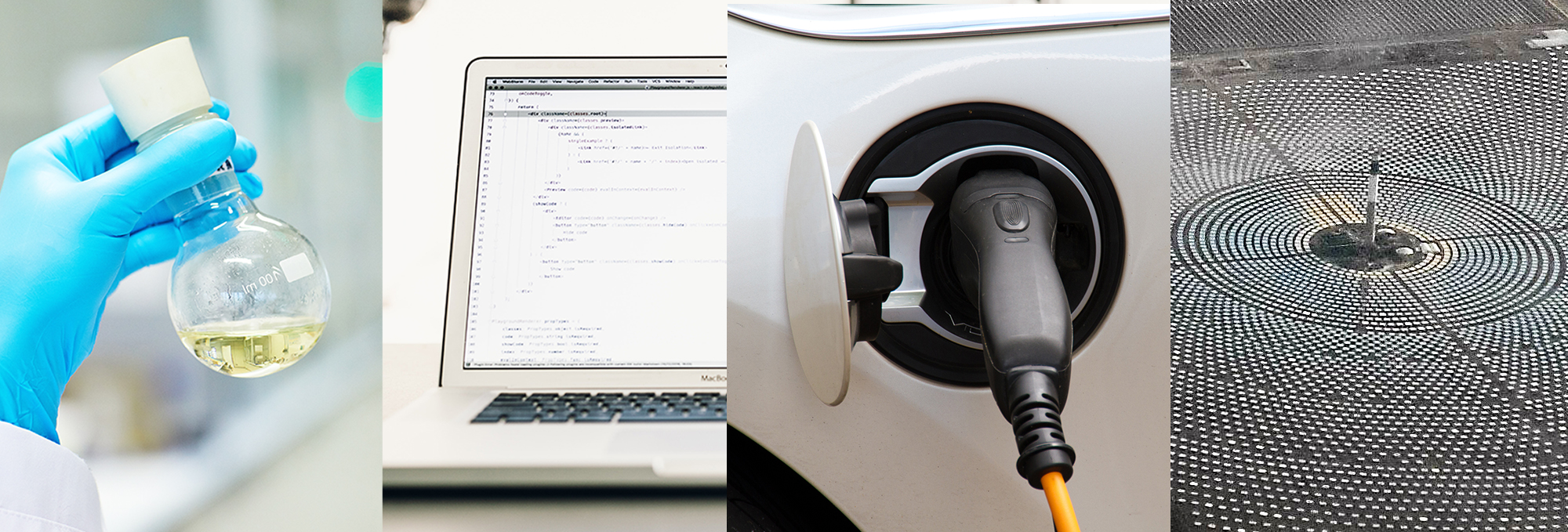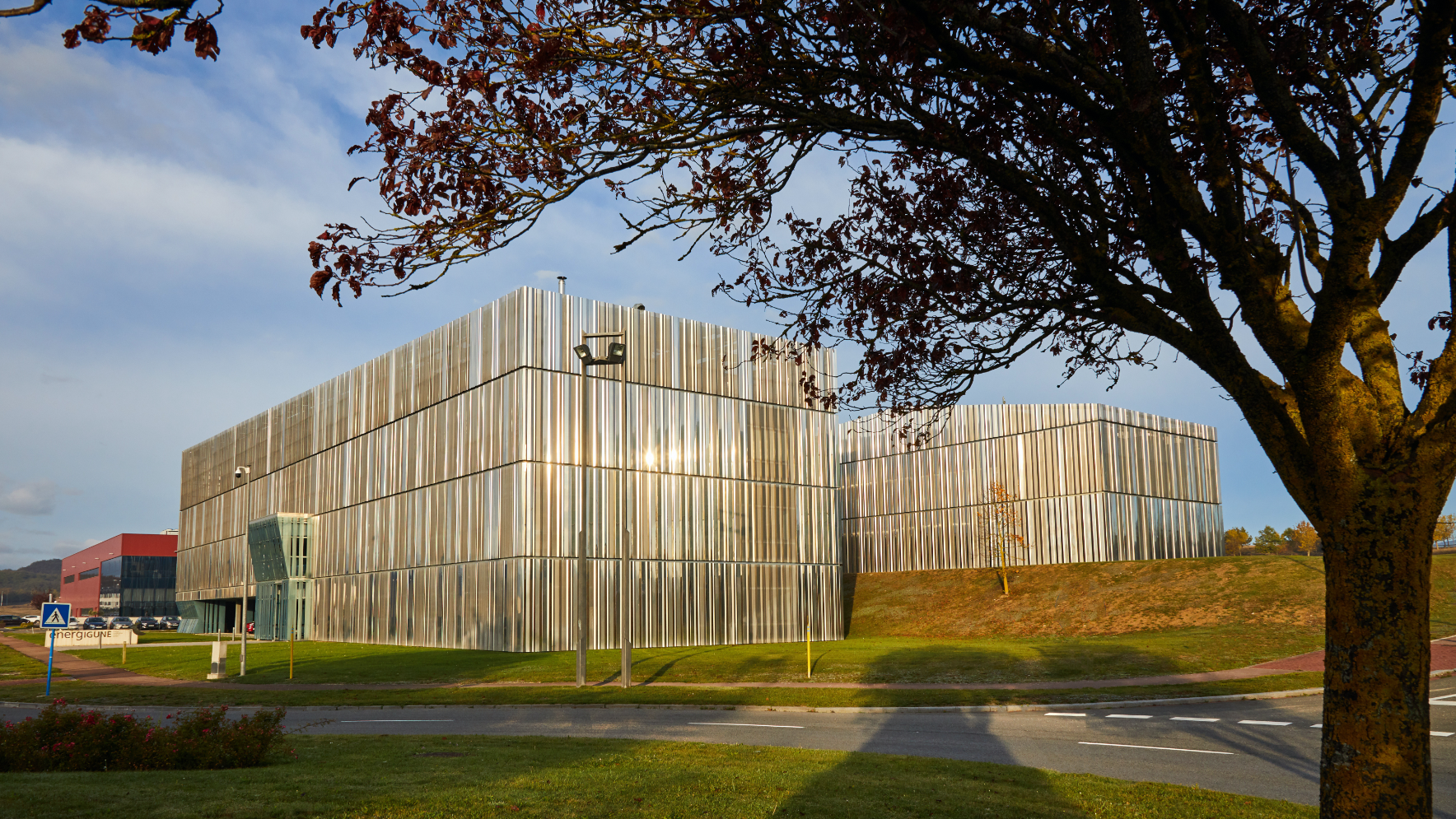

1. What role does strategic or market perspective play in the early stages of a disruptive scientific project?
In the early stages of a scientific project, we usually focus on knowledge, technological innovation, and solving complex scientific challenges. However, incorporating a strategic perspective from the outset—one that considers the market context—can make a significant difference. It’s not about constraining science, but enriching it with a more complete view of the transformative potential of what is being developed.
Considering factors such as the real needs of the sector, technological trends, entry barriers, or even potential business models helps guide better technical decisions. This, for example, helps prioritize certain development paths or anticipate potential bottlenecks in the transfer of results.
Ultimately, introducing that strategic dimension is not about setting limits but about opening new pathways. In emerging technology projects, where uncertainty is high, having a compass that combines science and market insight is key to staying focused on the impact we aim to generate.
2. Impact is often highlighted as essential in research. How is that impact assessed when dealing with highly emerging technologies?
When talking about emerging technologies, impact cannot be measured solely by immediate applicability, since in many cases we are exploring yet-uncharted territories. However, that doesn´t mean we cannot anticipate or at least project their potential value. The key is to understand impact as a multidimensional concept: scientific, social, economic, and environmental.
That’s why it is crucial in these kinds of projects to work with future scenarios, explore possible cross-sector applications, and identify early on what types of challenges could be addressed if the technology matures. It’s not about promising short-term results, but showing that there is a strong, well-argued vision with potential beyond the lab.
Furthermore, having strategic analysis tools—such as value maps, benchmarking, or comparative studies—allows us to build a more robust impact narrative, aligned with what many competitive calls are increasingly demanding.
3. In innovation projects with high technological risk, how can feasibility studies be addressed without stifling scientific ambition?
Feasibility studies don’t have to oppose scientific ambition. On the contrary, they can help channel that ambition more effectively. Understanding whether a technology is viable—technically, economically, or even socially—does not mean giving up on exploration, but doing it more wisely and with less uncertainty.
Ideally, feasibility analysis should be a living tool within the process, evolving alongside knowledge development. It’s not about conducting one closed study, but about building hypotheses that are validated or adjusted as the project progresses.
At centers like CIC energiGUNE, we integrate this approach from the early stages. The key lies in constant dialogue between the technical teams and those of us who work closer to the market and technology transfer. This fosters a culture where feasibility is not seen as a barrier, but as an ally to take science a step further.
4. Do you think the connection between science and market is strengthening in European programs like Pathfinder?
Absolutely. The EIC Pathfinder, for example, has taken a bold step in supporting innovative ideas, but it also requires those ideas to come with a clear vision of impact. It’s not about having a finalized business plan, but about showing a logical pathway—evidence that there is a real possibility of evolving toward a concrete application.
In these types of programs, the science-to-market connection is no longer optional—it’s an expectation. And interestingly, this is pushing many scientific teams out of their comfort zones, encouraging collaboration with complementary profiles and prompting early thinking about feasibility and scalability.
This shift is also happening within research centers. Projects are no longer built solely from a scientific basis, but from the intersection of knowledge, need, and opportunity. That’s very positive if we want Europe to lead deep tech innovation in a sustainable way.
5. What kind of questions should we ask from the beginning to help a project progress beyond the lab?
One key question is: What real problem are we solving, and for whom? It may seem basic, but it’s often not asked clearly enough. It’s also important to ask: What are the minimum requirements for this technology to function outside the lab environment? This means thinking about use conditions, scalability, compatibility, or even regulations.
Another essential question is: How does my proposal differ from what already exists or is in development? This comparative analysis helps us better understand our unique value and possible paths for protection or positioning.
And of course: How could this evolve in 5 or 10 years? Having a medium-term vision, even with open-ended scenarios, helps guide today’s decisions. The earlier these questions are raised, the more chances a project has to survive and thrive beyond the lab.
6. How does a research center like CIC energiGUNE balance scientific excellence with a focus on applicable results?
That balance is achieved, above all, when both dimensions are part of the same culture. At CIC energiGUNE, we work with a strong focus on scientific excellence, with highly specialized research groups. But at the same time, all our projects are framed within a broader strategic vision that considers the real-world impact we aim to generate.
This doesn’t mean that everything must become a product right away. But it does mean that every research line should include at least a reflection on its applicability, transferability, or alignment with major technological transitions.
Moreover, interdisciplinary work is essential. Technical teams collaborate closely with those of us who work nearer to industry, market trends, and transfer. That ongoing connection helps anticipate needs, identify opportunities, and adapt the course without compromising scientific rigor.
In the end, it’s not about giving up on basic science, but about connecting it with a roadmap that allows its results to go further.

If you want to know the latest trends in energy storage and new developments in research, subscribe.

If you want to join a top-level team, collaborate with specialists in multiple disciplines or tell us about your concerns, don't think twice...